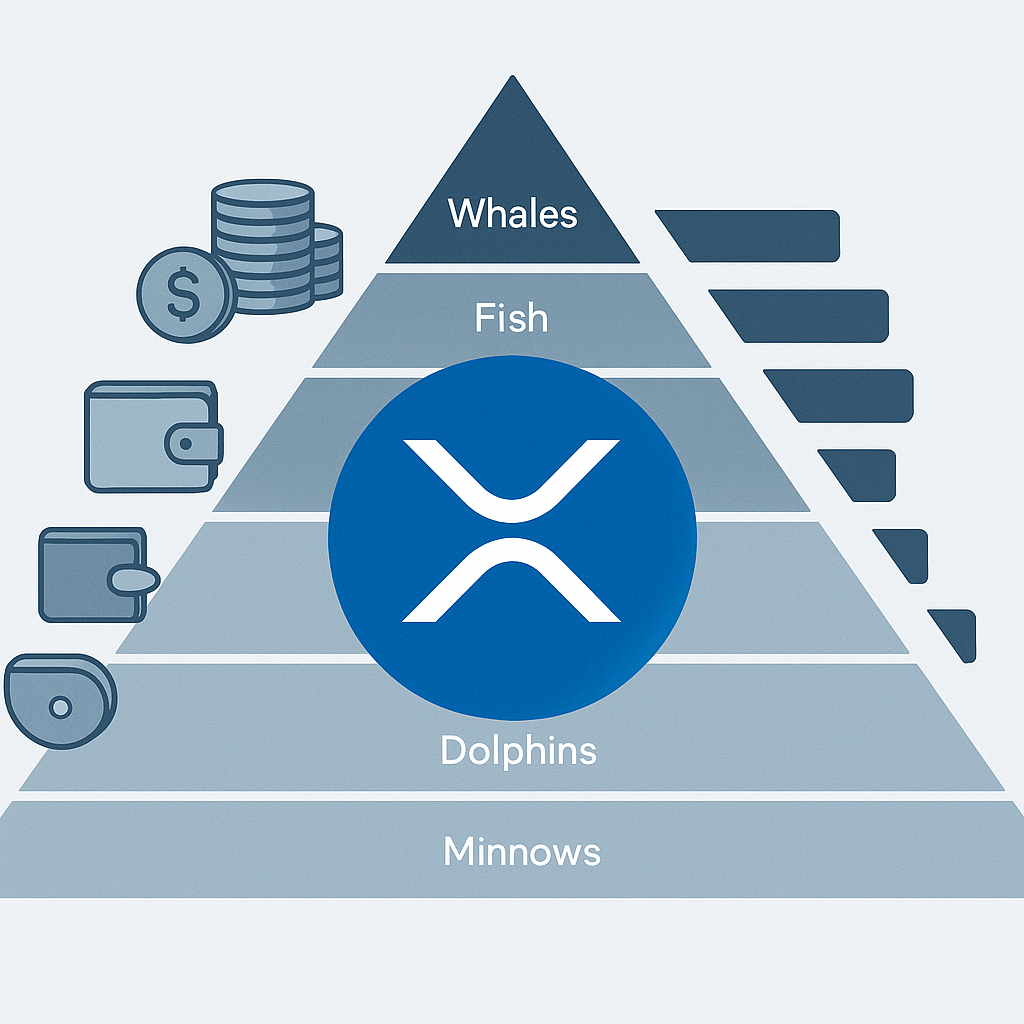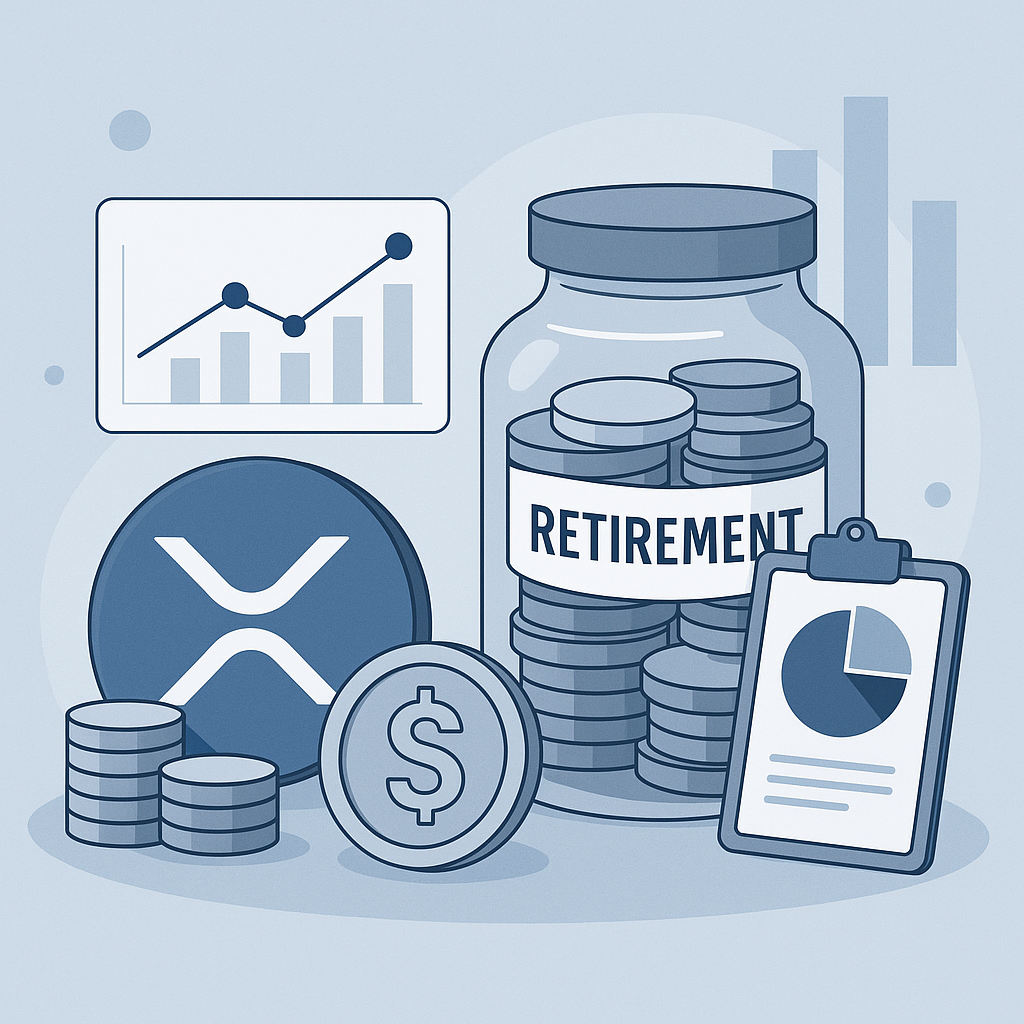The XRP Rich List reveals how XRP ownership is distributed across wallets — from everyday holders to major “whales.” By understanding these tiers and where you stand, you can better gauge your position within the XRP ecosystem and track shifts in market concentration.
Understanding the Current XRP Rich List (Updated Data)
The latest XRP Rich List data comes directly from the XRP Ledger (XRPL) — an open, transparent blockchain where all wallet balances are visible. Platforms like XRPSCAN and Bithomp compile this information in real-time, displaying how XRP is distributed across millions of addresses.
It’s worth noting that exchange wallets often represent thousands of users, so not every large balance belongs to a single individual. The list refreshes continuously as transactions occur, ensuring up-to-date visibility into XRP’s ownership structure.
XRP Ownership by Percentage: Analyzing the Top 10 and Whale Wallets
The Top 10 non-Ripple wallets collectively hold a significant percentage of circulating XRP — much of it sitting on exchange cold wallets used for liquidity and trading. Ripple itself holds large escrow reserves, not counted in general circulation.
Top Richest XRP Address: Coinlore
Among private holders, wallet concentration remains high. This means a relatively small number of addresses control a large portion of available XRP, emphasizing both the power and risk of whale influence within the ecosystem.
Holder Tiers: What Is the Minimum Amount of XRP to Be Considered ‘Rich’?
XRP wallets are often grouped into tiers:
- Minnows: Under 1,000 XRP
- Fish: 1,000 – 10,000 XRP
- Dolphins: 10,000 – 100,000 XRP
- Sharks: 100,000 – 1,000,000 XRP
- Whales: 1,000,000+ XRP
To be considered “rich” or in the top 1%, you’ll typically need 10 million XRP or more. Only a tiny fraction of all XRP wallets reach this level. Your tier placement depends on the total circulating supply (about 55 billion XRP in active circulation).
Using the XRP Rich List Calculator: Determine Your Holder Tier for Free
A free XRP Rich List Calculator helps you find your global rank by comparing your wallet balance to all other XRP addresses. Unlike a profit calculator, it doesn’t estimate your potential gains — it shows your percentile ranking (e.g., “Top 5% of all XRP holders”).
By inputting your XRP total, you can instantly see where you stand — from small fish to mid-level dolphin or even whale status. This offers an insightful look into XRP’s wealth distribution and how your holdings compare globally.
Tracking the Rich List: Trends and Predictions for 2025 and Beyond
Looking ahead, analysts expect further redistribution of XRP as retail and institutional adoption increases. More wallets entering the network could flatten the distribution curve slightly, reducing whale dominance.
Still, long-term holders and early adopters are likely to retain the largest positions. The XRP Rich List 2025 will reflect whether wider usage — including tokenized asset settlement and banking integrations — helps democratize XRP ownership over time.
The Top 4 FAQs for the XRP Rich List
1. What is the minimum amount of XRP I need to hold to be considered a “Whale”?
Generally, holding over 10 million XRP qualifies as whale status. However, this is relative to total circulating supply, not total issued supply.
2. Where does XRP Rich List data come from, and how often is it updated?
It’s sourced directly from public XRPL explorers like XRPSCAN and Bithomp. Data updates automatically with every block, providing real-time accuracy.
3. How is the XRP Rich List Calculator different from a profit calculator?
The Rich List Calculator ranks your wallet by percentile — showing your position among all XRP addresses — not just your portfolio value in USD.
4. What percentage of XRP does the Top 10 non-Ripple wallets hold?
The Top 10 non-Ripple wallets hold a notable portion of circulating XRP, but Ripple’s escrow accounts (which hold billions) are separate. Always distinguish between total supply (100B) and circulating supply (≈55B) when reviewing percentages.






